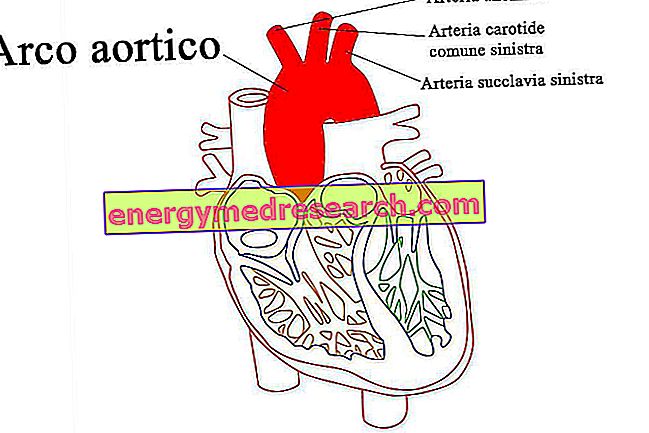
The aortic arch, or arch of the aorta, is that curved portion of the aorta, which, in every representation of the human heart, is noted to carry the cardiac organ with it.
Anatomically speaking ...
The aortic arch begins 5-6 centimeters after the ascending aorta (which is the very first stretch of the aorta), extends for a length approximately equal to the stretch that precedes it and ends where the descending aorta begins.
On its upper face - generally in the central part of the curvature - it gives rise to three arterial branches of fundamental importance, which supply the upper limbs and the head with blood. These branches are called the left subclavian artery, the left common carotid artery and the anonymous artery.



